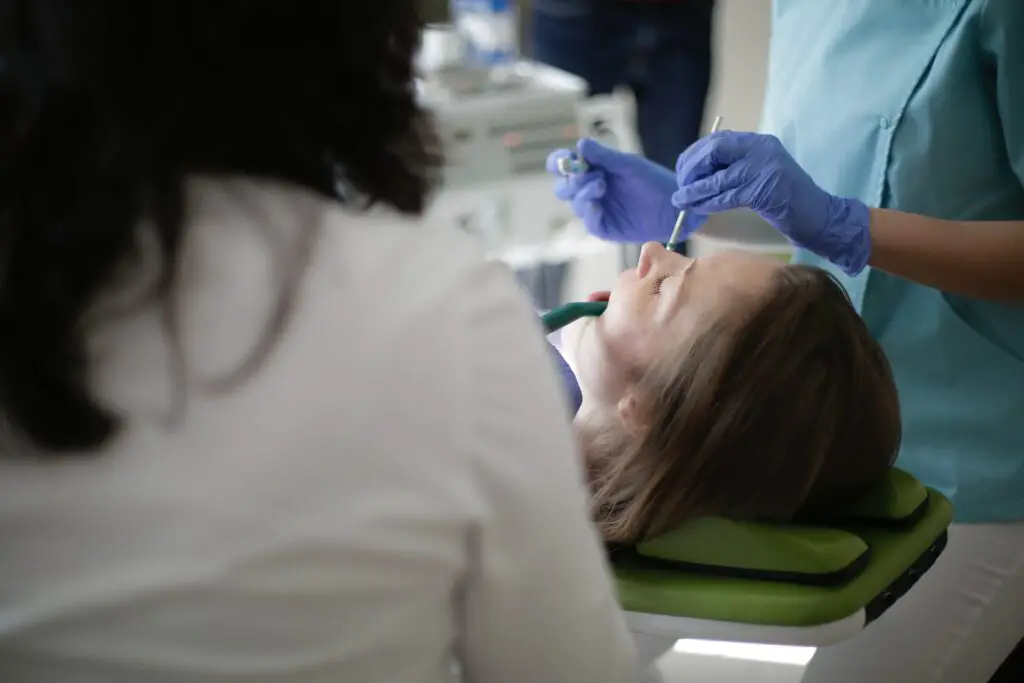A cavity is a dental condition that occurs when the hard outer layer of the tooth. It is known as enamel, is damaged due to bacterial activity. If left untreated, cavities can progress and cause more extensive damage to the tooth, leading to various complications. Detecting a cavity in its early stages is crucial for effective treatment and preventing further damage to the tooth. Here are some factors to consider in determining if a cavity is too late:

- Severity of Symptoms: The severity of symptoms associated with a cavity can give you an indication of whether it may be too late. In the early stages, a cavity may not cause any noticeable symptoms. However, as it progresses, you may experience tooth sensitivity, pain. Discomfort while biting or chewing, or increased sensitivity to hot or cold foods and beverages. If you are experiencing severe symptoms, it may indicate that the cavity has progressed to a more advanced stage. It may be too late for a simple treatment such as a filling.
- Size and Location of the Cavity: The size and location of the cavity can also impact whether it may be too late for treatment. If a cavity is small and located on the surface of the tooth, it is usually easier to treat with a simple filling. However, if the cavity has grown in size and depth, or if it has spread to multiple surfaces of the tooth, it may require more extensive treatment such as a dental crown or root canal therapy. In some cases, if the cavity has reached the tooth pulp, which contains nerves and blood vessels, it may be too late for a conservative treatment, and the tooth may need to be extracted.
- X-ray Findings: Dental X-rays can provide valuable information about the extent of a cavity and whether it may be too late for treatment. X-rays can reveal the presence of cavities that may not be visible to the naked eye, especially in between teeth or below the gum line. They can also show the extent of the cavity in terms of its depth and proximity to the tooth pulp. If the X-rays show that the cavity has progressed significantly and is close to the pulp, it may be too late for a simple filling and may require more extensive treatment.
- Dentist’s Evaluation: A professional evaluation by a dentist is crucial in determining if a cavity is too late for treatment. Dentists are trained to assess the severity of dental conditions and provide appropriate treatment recommendations. During a dental exam, a dentist will visually inspect your teeth, use dental instruments to check for signs of decay, and may also take X-rays to get a better view of the condition of your teeth. Based on their evaluation, they can determine the extent of the cavity and whether it may be too late for a conservative treatment option.
- Personal Oral Hygiene and Dental Care Habits: Your personal oral hygiene and dental care habits play a significant role in preventing and detecting cavities in their early stages. If you maintain a consistent oral hygiene routine, which includes brushing your teeth at least twice a day, flossing regularly, and using mouthwash, you are more likely to catch cavities early on. Regular dental check-ups and cleanings are also crucial in detecting cavities in their early stages. However, if you neglect your oral hygiene, fail to visit the dentist regularly, or delay seeking treatment when symptoms arise, a cavity may progress to a more advanced stage, making it too late for simple treatments.
In conclusion, determining if a cavity is too late for treatment depends on various factors, including the severity of symptoms, size and location of the cavity, X-ray findings, and the evaluation of a qualified dentist. It is essential to prioritize oral hygiene, maintain regular dental visits.
